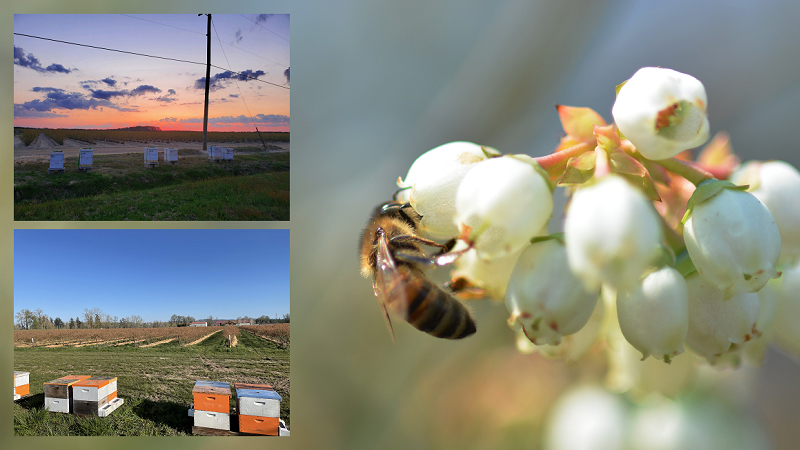Answers To Common Questions About Agriculture Water In FSMA
With the deadline for commenting on the Produce Safety Rule of the Food Safety Modernization Act nearing, Dr. Luke F. LaBorde of the Penn State University Department of Food Sciences offers answers to common questions involving the agriculture water standards portions of the Produce Safety Rule.
Growers have until Nov. 15 to comment on the proposed standards that includes requirements for controlling potential food safety hazards in areas where contamination is most likely to occur including farm worker hygiene, the use of soil supplements containing animal manure, and sanitation conditions for buildings, equipment, and tools. These standards also apply to vegetables, mushrooms, sprouts, and fruits that are eaten raw and do not need further processing.
For more on the Produce Safety Rule, click here.
According to LaBorde, agriculture water standards include water used in pre-harvest, harvest, or post-harvest activities. He says “the standards would only be applicable to ‘agricultural water,’ a term which FDA defines as water that is intended to, or is likely to, contact either the harvestable produce crop or surfaces that come into contact with harvested produce (food contact surfaces). FDA states that food safety risk levels and therefore standards will vary depending on how and when the water is applied. Total risk also depends on whether the water is obtained from ground water from wells; surface water from ponds, rivers, creeks, and canals; or municipal or water district supplies.”
For more on this article, click here.










